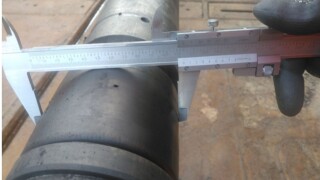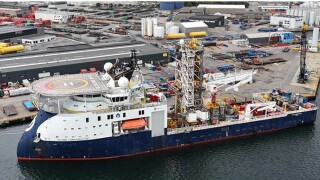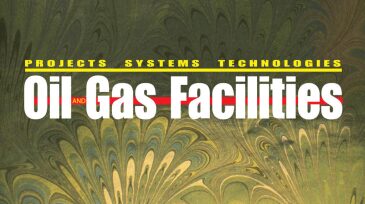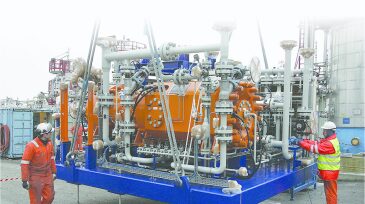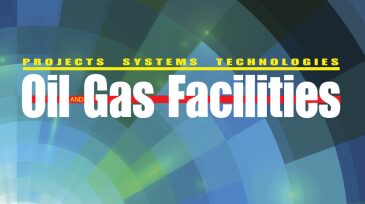Offshore/subsea systems
The company has installed an autonomous drone system on Aker BP’s Edvard Grieg platform in the North Sea, enabling frequent, remote inspections from shore.
This paper describes the use of coiled tubing in a pilot project for carbon dioxide injection, enabling evaluation of the conversion of an existing oil field for CCS purposes and derisking storage-development uncertainties before having to cease hydrocarbon production.
This paper describes the first riserless coiled tubing services operation performed in a live subsea well and the associated improvements in efficiency, cost savings, and safety.
-
The design of subsea equipment for pressures greater than 15,000 psi and temperatures more than 250°F is a substantial challenge. The current standard from the American Petroleum Institute (API), Specification 17D, for designing subsea equipment provides little guidance on conditions exceeding these measurements. This work has been performed to demonstrate the accepta…
-
In 2013, as deepwater projects become increasingly capital intensive, there are economic challenges for exploration and production (E&P) companies and a potential prize for international oilfield service and equipment vendors. Deepwater represents a long-term opportunity.
-
The market for subsea vessel operations in field development; inspection, repair, and maintenance (IRM); and subsea well intervention is expected to grow 63% during 2012 to 2016.
-
Complexity is now a day-to-day parameter in the world of the subsea engineer. We are not developing these systems for fun; huge value is associated with maximizing recovery from these deep, remote oil and gas reservoirs.
-
Asset integrity management encompasses the design, operation, and maintenance of an asset to preserve its integrity at an acceptable level of risk throughout its operating life.
-
The OTC 2012 Spotlight on Technology awards highlighted subsea separation and boosting and subsea heavy oil and water separation technologies in deep water.
-
After approximately 25 years of development, subsea gas compression technology has advanced to a readiness level worthy of full implementation in the North Sea.
-
This paper presents results from an ongoing research project (SINTEF 2011) on pressure-tolerant power electronics. The main goal of the research is to provide and demonstrate solutions that enable power-electronic converters to operate in pressurized environments.
-
The selection criteria for multiphase boosting options remain somewhat subjective. A comprehensive literature review into the working principles of the major pump types identified the intrinsic advantages and limitations of each technology for subsea and downhole applications.


